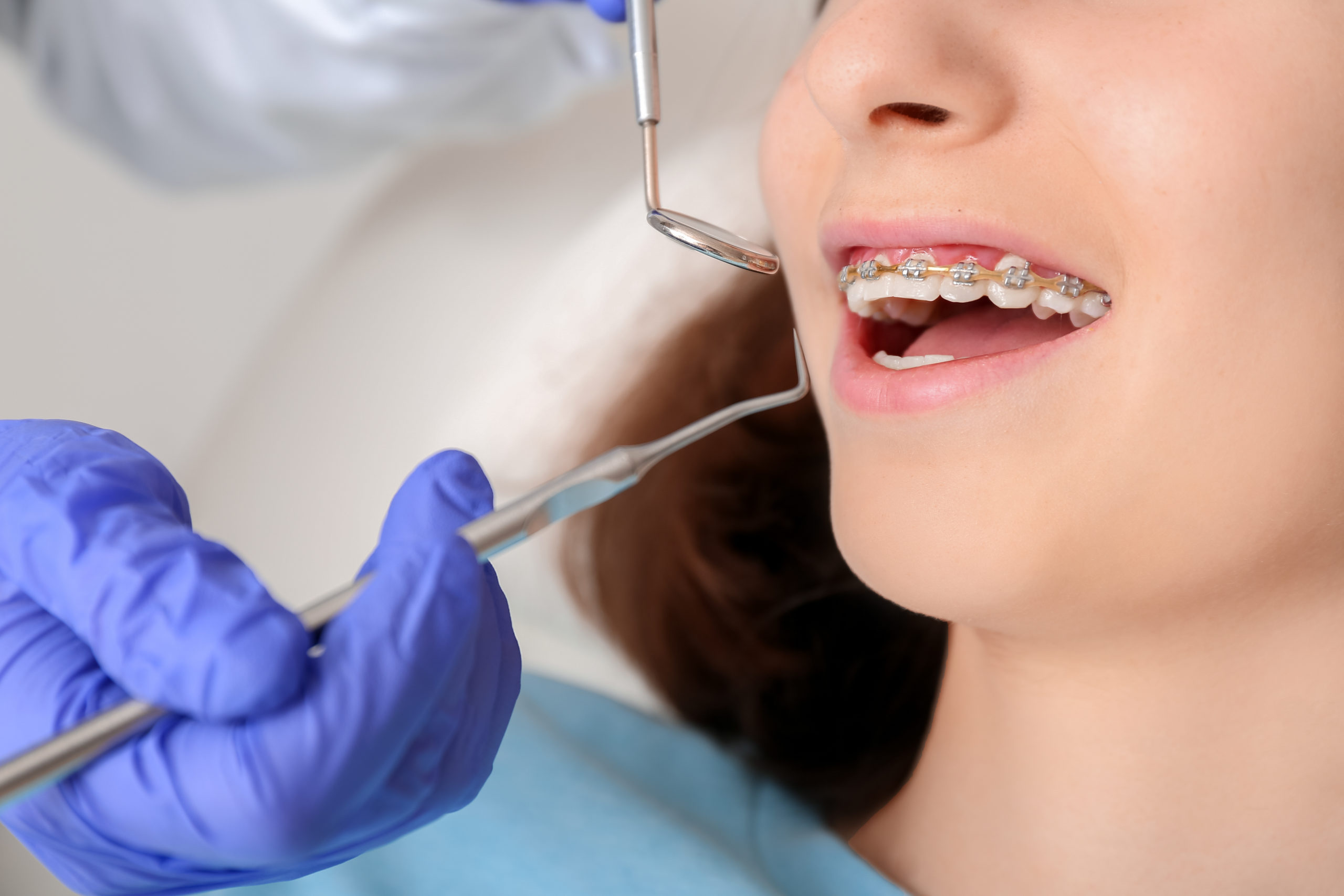Comprehensive Overview to Orthodontics Procedures for Dealing With Oral Imbalances
Comprehending the details of each procedure, including their systems, advantages, and possible drawbacks, is important in making educated choices regarding one's orthodontic therapy. As we navigate through the extensive overview to orthodontic treatments for dealing with oral misalignments, the complex information of each method will unfold, shedding light on the path toward a functional and harmonious dental alignment.
Orthodontic Procedures Summary

Along with standard braces and clear aligners, orthodontists might additionally suggest other interventions like headwear, palatal expanders, or retainers to attend to particular alignment concerns (cumming orthodontist). These treatments are customized to each person's one-of-a-kind requirements and may entail a combination of treatments to attain the preferred outcomes. Normal modifications and monitoring are critical components of orthodontic treatment to make certain development is on track and to make any kind of required modifications in the process. By going through orthodontic treatments, individuals can not only achieve a straighter grin but likewise improve their general oral health and wellness and function.
Traditional Braces: Just How They Work
When taking into consideration orthodontic therapies for oral imbalances, typical dental braces attract attention as a reliable approach for remedying teeth placing. Typical dental braces contain brackets, cables, and bands that work together to apply continuous pressure on the teeth, gradually moving them right into the wanted placement. The brackets are connected to the teeth making use of an unique adhesive, and the cords are threaded with the brackets. By adjusting the stress of the cords, orthodontists can manage the direction and force put on each tooth, directing them into proper placement gradually.
As pressure is applied to the teeth with the braces, the bone bordering the teeth is reshaped to sustain the new tooth settings. Patients will require routine changes at the orthodontist's office to make sure the dental braces continue to apply the proper pressure for effective teeth movement.
Unseen Aligners: Disadvantages and pros
Invisible aligners provide a very discreet and hassle-free alternative to conventional dental braces for dealing with dental misalignments. These clear, tailor-made trays are virtually unnoticeable when used, making them an enticing option for individuals seeking a much more cosmetically pleasing orthodontic therapy. Among the key benefits of unseen aligners is their removability, allowing for simpler maintenance of oral hygiene compared to standard dental braces. People can remove the aligners before eating or brushing their teeth, minimizing the danger of food obtaining embeded the home appliance and streamlining the cleansing procedure.

Surgical Orthodontic Options
Surgical treatments in orthodontics existing viable choices for dealing with intricate dental imbalances that might not be efficiently settled through standard orthodontic therapies. While unnoticeable aligners and traditional dental braces can deal with many orthodontic problems, particular instances require surgical intervention to accomplish optimum results. Surgical orthodontic alternatives are typically suggested for serious malocclusions, substantial jaw disparities, and cases where the underlying bone structure needs adjustment to achieve correct alignment.
One common surgical orthodontic procedure is orthognathic surgical treatment, which includes rearranging the jaws to remedy useful concerns such as trouble speaking or chewing. This surgery is frequently done in partnership with an orthodontist who assists line up the teeth before and after the procedure. Surgical orthodontics may also involve treatments to reveal influenced teeth, get rid of excess periodontal cells, or reshape the jawbone to produce an extra unified facial account.
Before thinking about surgical orthodontic options, people undertake a thorough analysis to establish the requirement and prospective benefits of such treatments. cumming orthodontics. While surgical treatment may appear challenging, it can significantly boost both the feature and aesthetic appeals of the smile in cases where standard orthodontic therapies fail
Retainers and Post-Treatment Treatment

Failure to abide with post-treatment treatment instructions can result in regression, where the teeth gradually relocate back in the direction of their original positions. Constant retainer wear, excellent oral hygiene, and routine oral exams are vital for keeping the results achieved with orthodontic surgical procedure and ensuring the long-term stability of the remedied oral placement.
Conclusion
To conclude, orthodontic procedures use numerous options for fixing dental misalignments. Standard dental braces make use of steel braces and cords to move teeth right into proper positioning. Undetectable aligners supply an even more very discreet choice yet might not appropriate for all instances. Surgical orthodontic options are readily available for extra extreme imbalances. Retainers are generally made use of post-treatment to keep the brand-new placement. On the whole, orthodontic treatments can successfully boost oral wellness and visual appearance.
As we browse via the thorough overview to orthodontic procedures for fixing dental imbalances, the elaborate details of each approach will certainly unfold, losing light on the course toward a practical and harmonious oral positioning. - cumming invisalign
One of the most usual orthodontic treatments is the usage of braces, which are composed of metal brackets and cords that apply mild pressure to progressively move teeth right into the preferred position.When taking into consideration orthodontic treatments for oral misalignments, typical braces stand out as a reliable technique for dealing with teeth positioning. In addition, undetectable aligners might not be appropriate for intricate orthodontic problems that call for more substantial teeth motion, as they are typically suggested for light to moderate situations. Retainers are custom-made orthodontic gadgets made to hold teeth in invisalign their fixed placements after the completion of orthodontic treatment.